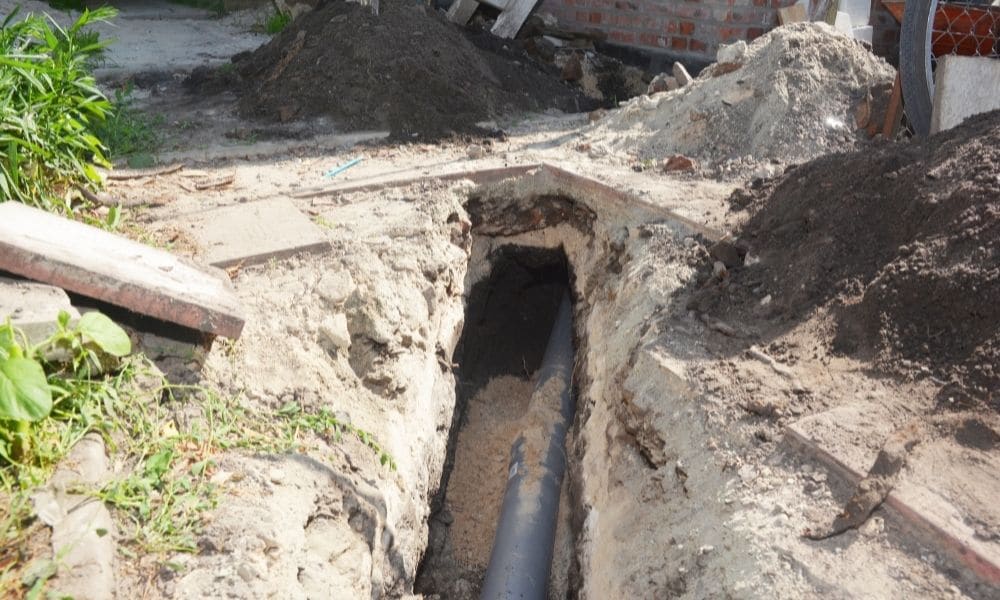
Concrete trench drains are designed for the purpose of managing surface water. Both precast and cast-on-site or cast-in-place are excellent choices. However, they do have their differences, and sometimes one is a better choice than the other, depending on the situation. Let’s look at cast-in-place concrete vs. precast concrete trench drains, starting with the definition of each.
Precast Concrete Trench Drains
Precast concrete trench drains are premade using a mold and are poured over rebar or wire. The precast concrete is manufactured in a facility that is maintained at the perfect temperature to allow the concrete to cure. Once cured, the concrete trench drain is delivered to the site and installed. Joints are sometimes needed to make the precast concrete easier to transport and install.
Cast in Place
Cast-in-place concrete drains are poured, molded, and cured just like precast, but all the work is done on-site. The concrete trench is lifted and put into place, but it doesn’t get transported nearly as far as the precast concrete trench drains.
Let’s look at the pros and cons of cast in place concrete vs. precast concrete trench drains.
Pros of Precast
- Quality controlled manufacturing
- Mass production
- Cured in a climate-controlled climate
- Multiple finishes available
- Fixed cost
- Less work onsite
- Weather plays no factor
- Fully cured when installed means greater strength
Cons of Precast
- More joints are needed for safer moving and installation
- Difficult to transport and handle
- Modification is difficult after cured
- Each piece must be properly connected
Pros of Cast-in-Place
- Greater adaptability and flexibility
- Fewer joints needed
- Less handling equipment
- Great for large jobs
- Done on site
Cons of Cast in Place
- Has to cure after being poured
- Additional crew and equipment needed
- Relies on weather conditions
- Not as many finish choices
As you can see, both precast and cast-in-place options have their benefits and downsides. Both work well, but one may suit a particular job better. Take into account budget, time, and the size of a project when deciding between precast and cast-in-place concrete trench drains. ABT specializes in both precast and cast-in-place trench drains. Contact us, and we’ll help you decide which one is best for your commercial building project.